If you prefer bullet points to lengthy prose, you’ll enjoy this comprehensive summary of advice from various design leaders.
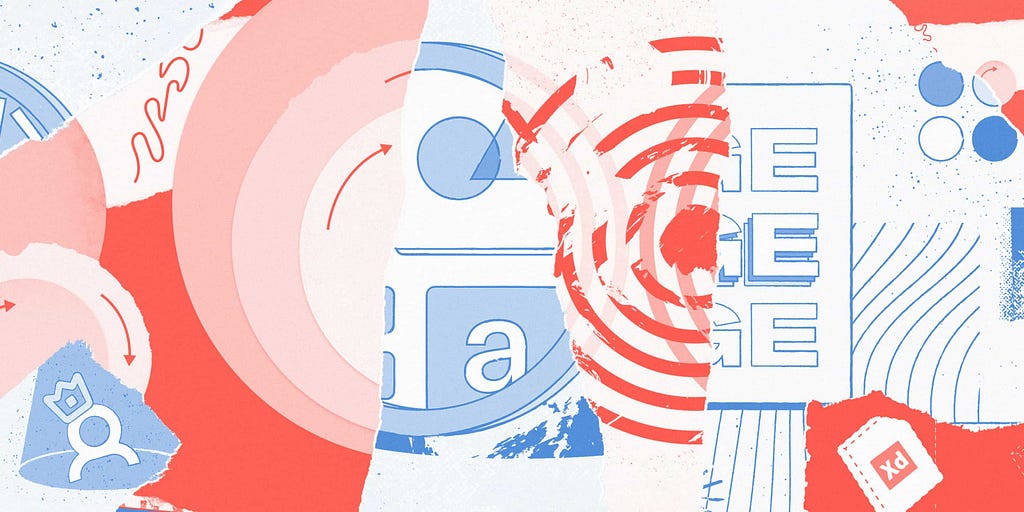
This post first appeared on the Abstract blog.
In the spirit of reflective summaries and reducing your FOMO on reading everything on the Design Internet, we’ve curated this collection of 55 nuggets of actionable advice from a year’s worth of Abstract editorial. Some of the stand-out themes include ways to future-proof your design career, orient around impact and solutions, and what it means to be a design leader in the Golden Age of Design.
As we head into the 2020s, we’re looking forward to diving into more top-of-mind topics including effective design processes, the latest innovations in design systems, developer integration (as opposed to the baton-pass handoff), sophistication of design ops, and more.
Without further ado, let’s walk down memory lane…
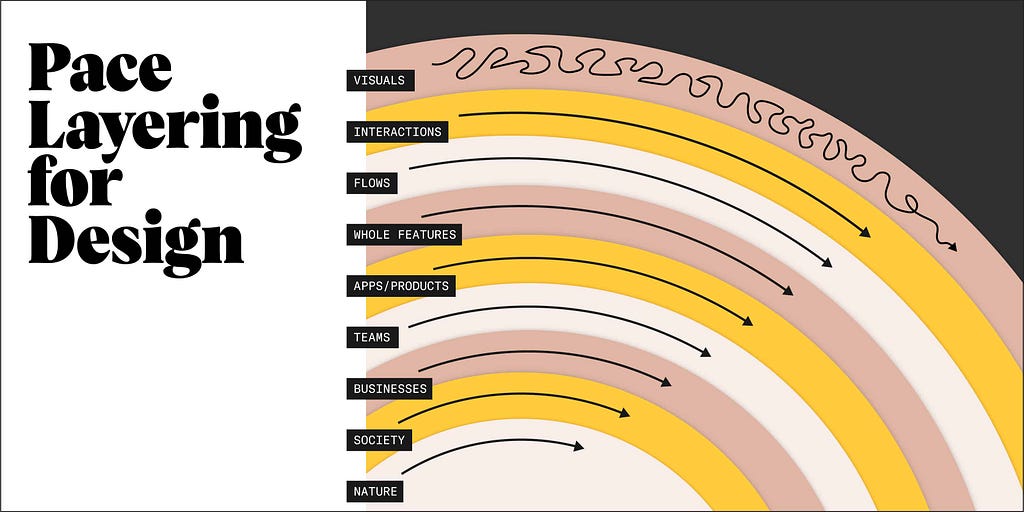
How to understand your impact in the brave new world of product design
If you design products, you have more power and influence than you realize. This is a call for awareness and change in a time when Everything is Design.
By Josh Taylor
- In order to have great impact in product design, we must collaborate with people who work in a wide variety of disciplines, many of whom don’t understand design at all.
- Be honest with yourself about the actual impact your designs have on the world.
- Research how people use your product and how it affects their lives. Many products have unintended consequences. Look at outside metrics that affect your company — like happiness or screen addiction. Really listen to people — not just what you want to hear.
- If you don’t have a lot of resources for research, lean on research that already exists.
- If your platform allows strangers to talk to each other, understand what could go wrong. Get feedback from people who have experienced hate and discrimination and consider limiting channels for vitriol (comments, DMs, etc.), even if it hurts engagement numbers.
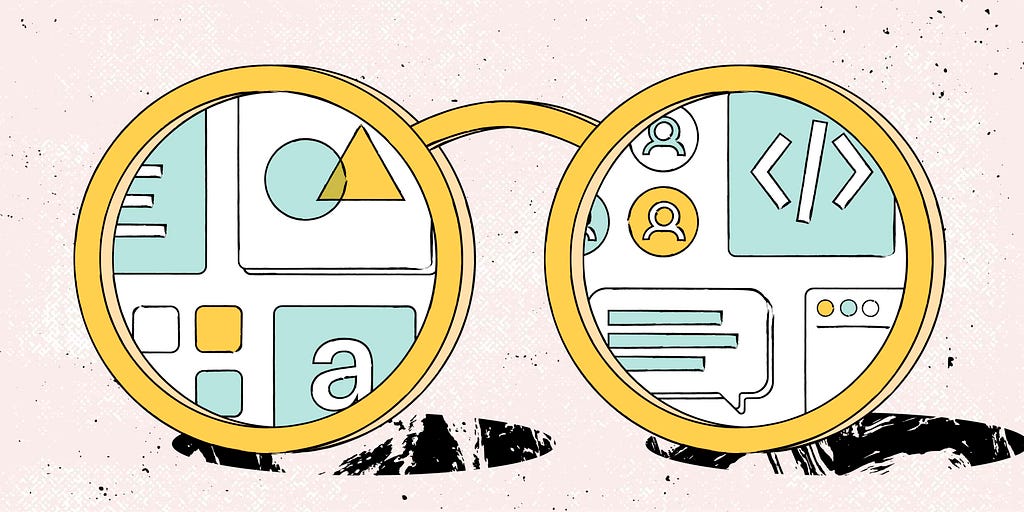
Generous design is the way forward: 3 keys to transparency
To build superior products at scale, combine a classic business toolset with a design-thinking mindset.
- To make the way forward with your teams, a central theme of generosity tends to align the misaligned.
- Make design less about “magic.” Showing your design work to other stakeholders within your organization is the best thing for a design team to do when struggling with proving trust.
- “Mix the classic business toolset with the design-thinking mindset and incorporate behavior change and deliberate practice theories.”
— Ryan Rumsey, formerly of USAA, Apple, and Comcast - To be the change you want to see in the world, embrace problems. To make change in your organization, start with not only a spirit but a practice of openness in your collective work.
- “Choose the workplace where success comes from making others successful.” — Adam Grant, organizational psychologist
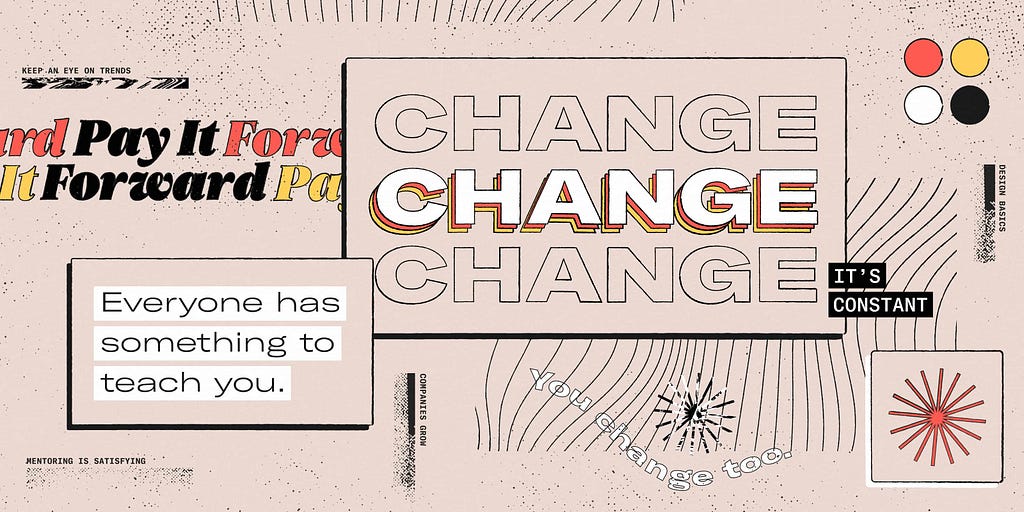
Expect change in your design career. Choose growth.
No one works in a future-proof field, designers included. But if you recognize that change is coming and help others along the way, you can future-proof yourself.
- Our human instinct is to fight change, but the sooner you accept and lean into change, the better. Because change is inevitable and growth is optional, design your life and career wisely.
- Raise your “design babies” with your team. If you hire and collaborate with the right people, they become co-parents of your design babies, and they can do a better job than you can with parts of the work.
- Do your research before jumping into a new role that you think you’re supposed to take just because you’re older and wiser. Nothing against management roles, but sometimes people become managers for the wrong reasons.
- Lean into the tumultuousness of the product design world. The most resilient design professionals know how to leverage their skills into different roles when the going gets tough.
- Keep an eye on trends — where they’re moving, what works, and what doesn’t. Product design is like fashion. Trends appear and disappear seemingly in the blink of an eye.
- Take care of yourself. The thing that changes throughout your career is you. Your career path can have a big impact on your life, but life outside of work has an equal effect on your career. It’s OK to have a bad day or a bad week, but if you have a bad month, you might need to address what needs to change to solve the issue.
- Hone your basic design skills. Every product designer needs a solid understanding of user experience, white space, typography, and design systems. You need this understanding to do your job no matter what tools you use.
- Mentor others. “Through mentorship, mentors can develop critical skills, like providing guidance and teaching, or grow close professional relationships with more people.” — Liana Dumitru of Dropbox
- Work for your team’s collective success. Taking an inclusive and egalitarian approach can help you build better products, grow personally and professionally, and help junior team members flourish much faster than they could alone. At a company level, this approach isn’t just “nice,” it makes business sense, too.
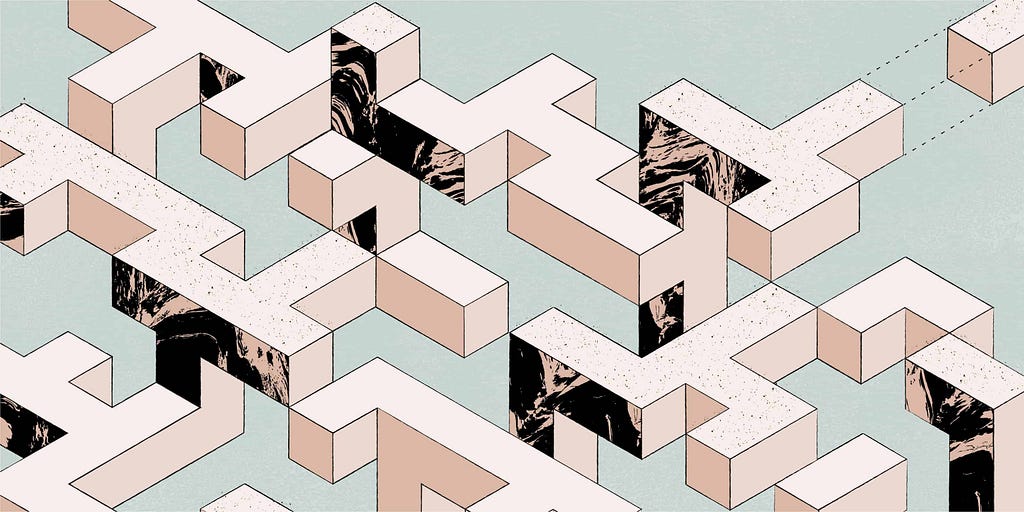
5 ways to build a more impactful product design team
The future will be defined by those who bridge the gap between design and development. Here are actionable steps to get there without burning out.
By Kevin Smith
- Create a landscape where ideas flow by removing bottlenecks between design and development.
- Don’t point fingers. Singling out certain people or teams leads to even more problems and toxic culture. The only way to overcome bottlenecks is to recognize that they exist, talk about them, and start working on solutions together.
- Clearly articulate problems. The better you define and align on the problem with your team, the easier it is to fix. Effective designers and developers are not only good at their respective disciplines, they’re also skilled at communicating the problems they intend to solve. They’re able to identify the biggest risks and constraints they’re working against within a specific problem set.
- Define expectations and outcomes for how you work together. Avoid confusion by communicating expectations about who’s doing what, when, and how. Use the DACI method to identify the Driver, Approver, Contributors, and Informed participants to provide structure in group decision-making.
- Proceed with a purposeful process. If you want to scale design and move big ideas forward, faster, you must develop frameworks and infrastructure that reinforce an intentional process.
- Eliminate surprise and exasperation by sharing your work early and often. It goes without saying that the tech industry has to move quickly, but moving quickly without a record of decisions and steps along the way is a recipe for unwanted surprise. Proactively sharing and discussing progress of work throughout the design-development process allows teams to remain agile.
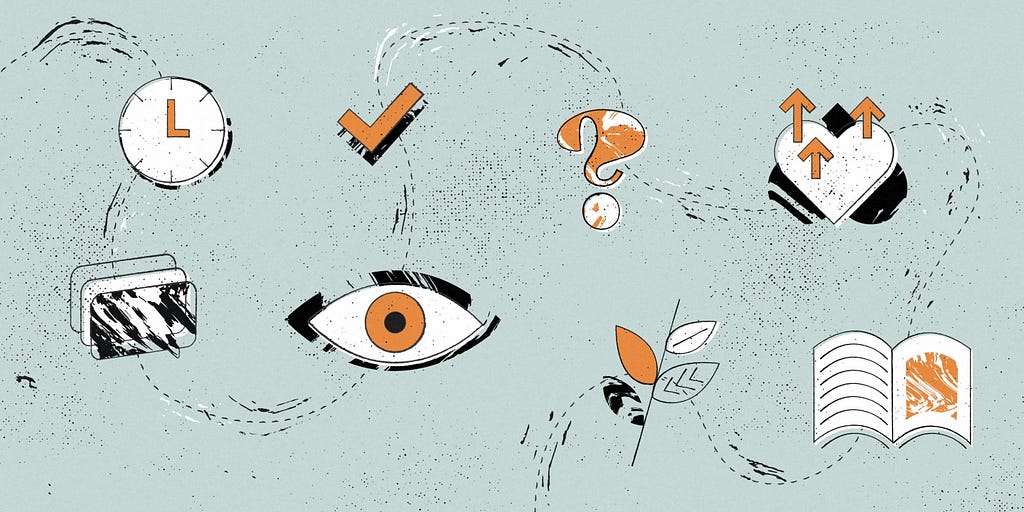
8 critical skills of effective design leaders
In an increasingly collaborative design world, hard and fast rules don’t necessarily apply. But traits like emotional intelligence, future-obsession, and ability to trust rise to the top.
- Avoid micromanagement and trust your team to solve problems. “We should never prescribe solutions, unless the thing you want is a very specific illustration of a cat holding a wrench, but aside from that, trust them to solve the brief.”
— Linda Eliasen, Head of Design, HelpScout - Invite team members of all levels to help solve big problems — and then listen to their ideas.
- Strive for progress over perfection. Recognize that everyone has to start somewhere and that many people have unrealized potential that needs to be developed. A strong design leader is able to bring out individuals’ talents and steer the team in the right direction.
— Anthony Armendariz, Head of Design at Funsize - “Don’t treat your reports like they’re machines. They’re a lot squishier than that.” — Linda Eliasen
- Obsess about the future. In order to innovate, you have to think about what’s missing from the present and what’s likely to happen in the years ahead — in technology, business, and how people will live their lives.
— Anthony Armendariz
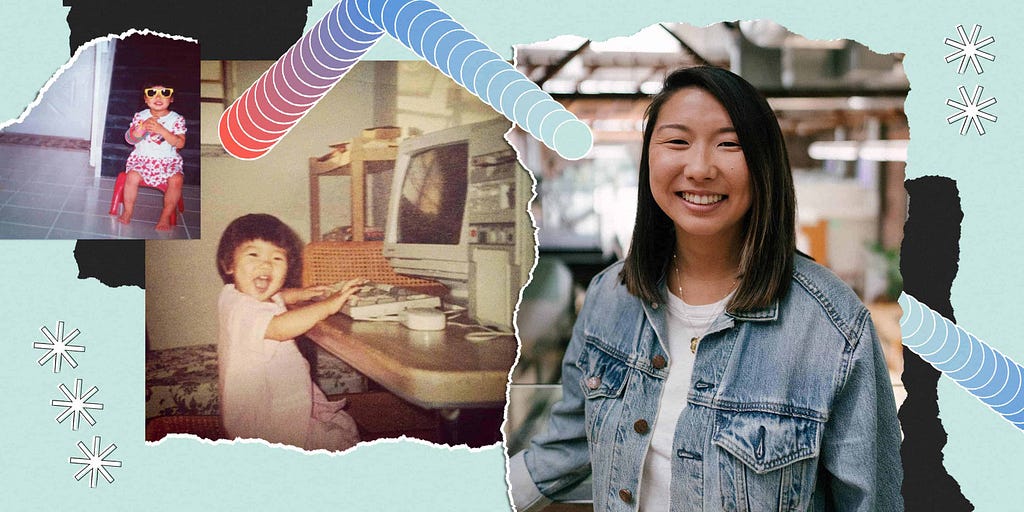
The accidental product designer: How I stumbled into my dream job
An Abstract product designer shares her winding career path, discovering her love of problem-solving, and why more designers should talk about their struggles and triumphs.
By Sara Zhang
- Exercise your empathy skills. Putting yourself in the user’s shoes is among the key aspects of effective product design.
- Learn how to articulate why something is working, or isn’t, a fundamental of product design.
- Lean into working intensely with many people, most of whom are not like you. Learn how to navigate people’s wildly different personalities and skill sets.
- Embrace your progress. “Think about when you wanted to have what you have now.” — Chloe Park, design at Lyft
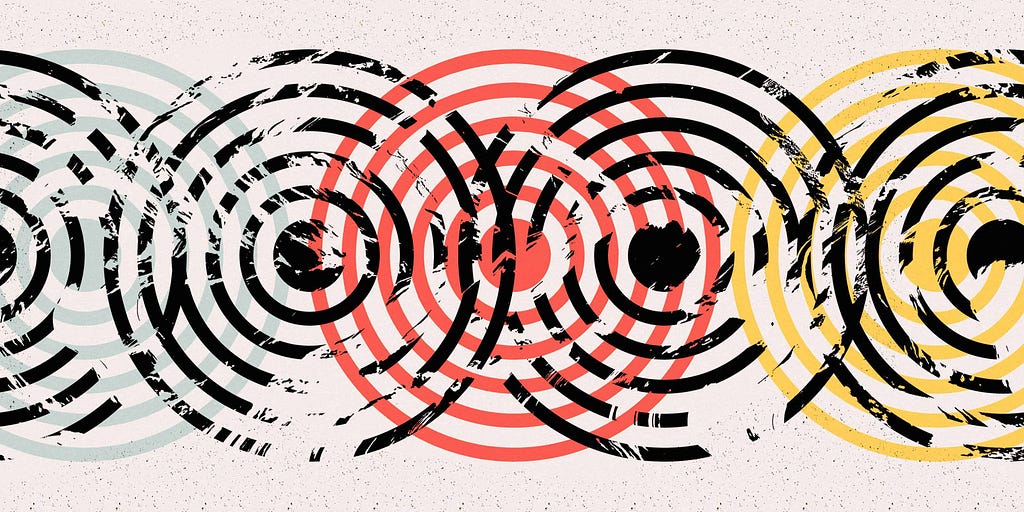
7 ways to lean into an open design process
From ditching silos and workarounds to embracing purple squirrels and remote work, here’s how to navigate the changing world of modern design.
- Invite feedback. Open design is about inviting criticism early on to steer a clear path forward. Sharing increases the likelihood of getting buy-in and allows us to explore low-fidelity concepts that can or cannot be implemented.
- Step out of walled gardens and into the open courtyard. For its recent design system, Fluent design, Microsoft is pulling ideas from across the company and keeping employees in the loop with shared principles and guidelines.
- Invest in inclusivity and personal growth. Closed-door corporate ways of working are becoming so outdated that some giants like Capital One are actively trying to replicate disruptive, nimble cultures. Similarly, more companies are establishing “nontraditional” work methods such as work-from-anywhere “offices,” flexible schedules, and purposeful inclusivity. The philosophy is rooted in sourcing innovation from happy employees and honest-to-goodness collaboration.
- Become a “purple squirrel”. The lines between designer, developer, and product manager are already blurred, and job descriptions for hybrid roles are on the rise.
- Focus on design, not work-arounds. In this new world, many tedious tasks have been replaced by auto-updates in sophisticated software. To embrace the new ways of design, we have to unlearn the ingrained assumption that busy-ness = productivity.
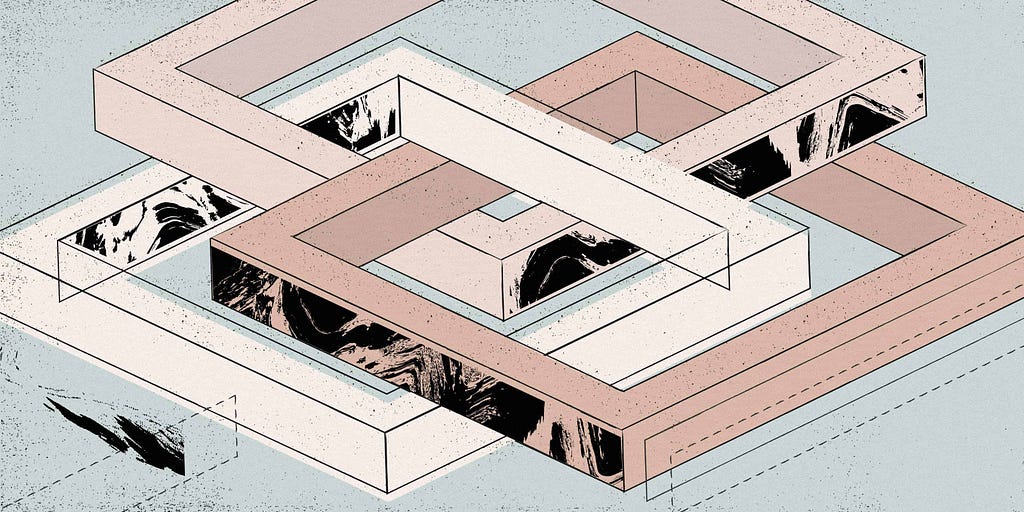
Stop dwelling on being design-led: Focus on the user
To build more powerful products, no one function should play a supporting role.
- Create an equal playing field instead of figuring out who has the power.
- Don’t call it a “developer handoff.” We’re moving toward bringing design and development closer together. And by opening up design to stakeholders earlier, we’re introducing a different kind of relationship to the work. One that is based on mutual understanding, transparency, and a common language.
- Scrap the “one-team-first” thinking. If design is to help a company maintain its competitive advantage, it can’t play a supporting role to other functions. We shouldn’t think about being design-first, or development-first. Instead, we should think about how we can bring our paths closer together. Every business function — including design — should be thinking about the user, first and foremost. This work should not be silo’d in product, marketing, or design.
- Aim to be design-integrated, not design-led. Our work should be focused on making an impact, and our challenges often come from a lack of collaboration with functional counterparts that can help us move our work forward, faster — and truly change an experience for our customers.
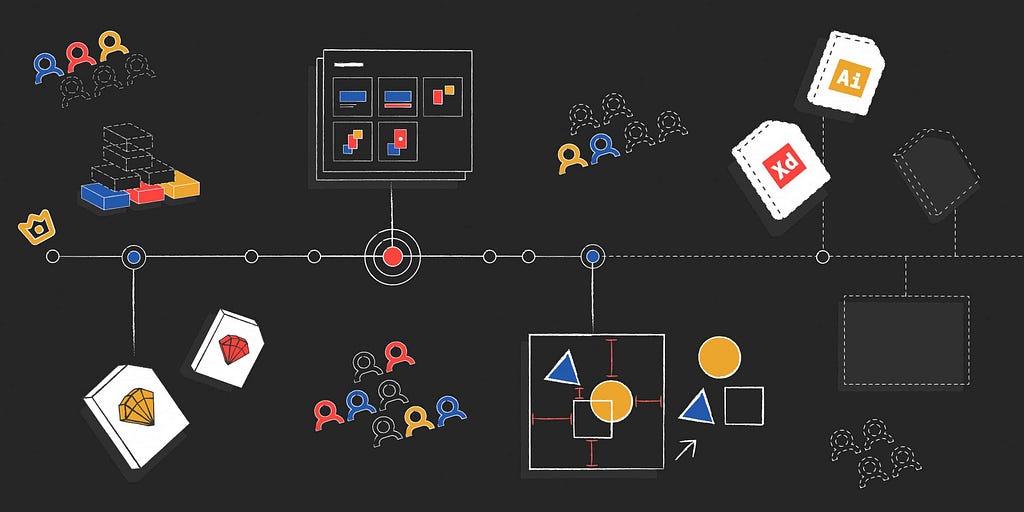
How open source technology inspired a modern design workflow
The value of design ultimately hinges on process. If we can improve the workflow, we can improve the output and perceived ROI.
By Josh Brewer
- To inspire trust, create a shared language and workflow with developers. In addition to understanding design language, learn the languages your engineers and support team speak. Understanding their vocabulary allows you to obtain information you need in order to create the best design you can.
- Preserve your process — the heart of your work depends on it. This may take more upfront care and consideration, but long-term, you gain speed, intuition, and an ability to think big and small.Be intentional with your work and your communication. By working in a version-controlled way, you are deliberately communicating what you’re doing, and why.
- Value your process. Without a transparent process, design is a commodity, not a human-driven craft. I’m always asking, “How can we imbue design work with meaning, so we can remember the richness of the history of the explorations and future-proof what we’re making?” We want to be able to retain the backups, the thought process, the context, and institutional knowledge.
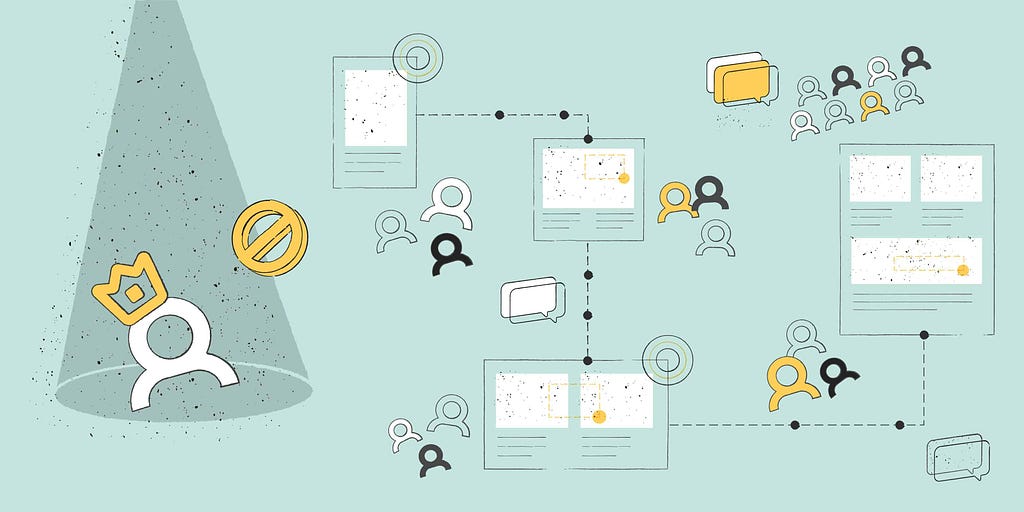
The end of the celebrity designer
A more open approach to design helps build better products and demystifies the process for the rest of the company.
- Don’t design alone. As design plays an increasingly central role in organizations, the monoculture associated with celebrity designers is becoming obsolete. It just can’t scale. As we build products for a wider range of communities, on a broader set of devices, we’d be doing ourselves a disservice to not work in this more open way.
- Encourage less seasoned designers to make the first move. For design to become more egalitarian, we have to create a dialogue. If you’re reading this and you’ve been on the fence about reaching out to someone you respect, just do it.
- Respect people and they will respect you. “Great leaders do not tolerate an environment where people belittle, demean, or humiliate each other. Rather, they promote and provide honest criticism (constructive, objective, and useful) and challenge people to reach beyond what they believe they can achieve.”
— Abstract co-founder Josh Brewer in The Manual - Use this three-step approach to feedback:
- When you have positive feedback, acknowledge people openly, and celebrate big wins.
- Before launching into negative feedback, pause and dig into the why.
- Reach out privately, particularly when feedback is constructive.
- Use “and” instead of “but” when giving feedback. For example, “This was a really creative approach to this particular problem, and I see an opportunity to…” as opposed to “This was a really creative approach to this particular problem, but I see an opportunity to…”
- Highlight everyone’s contributions, regardless of level. Make sure to actively reach out to people who’ve done a really good job on various projects with positive feedback. For example, I’ll ping my teammates, and thank them for pushing me on good ideas that I wasn’t sure about. The more specific, the better.
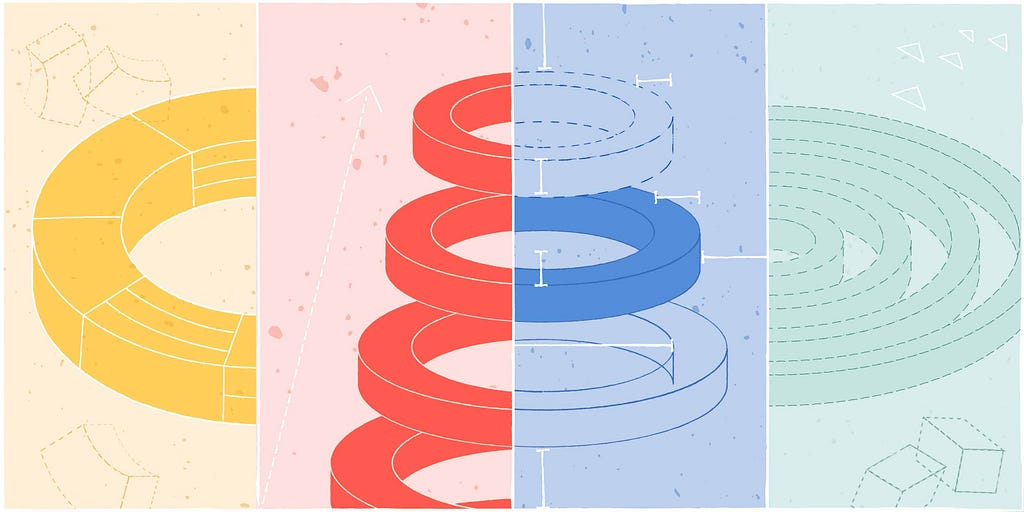
Embracing open design in 2019
Automation is killing the tedium in design, but our jobs are
about to get more exciting.
- Take time to create a thoughtful design system. By implementing design systems, forward-thinking companies will not only have an efficient codebase and consistency across platforms and products, but they’ll be able to get more from their design teams; to unlock their true potential to dig into tough problems, where they were previously spending cycles recreating existing UI.
- Invest in Design Ops. By eliminating more of the “work around work,” we’re seeing a new focus on the emergence of DesignOps, or the practice of optimizing individuals and teams, and setting conditions for excellence.
- To design the future, start with redesigning how you show up in the now. “The most successful design leaders are investing in personal growth, helping them scale themselves and their teams. They’re challenging assumptions about how organizations work and creating the way for more healthy, inclusive teams to thrive,” says Mia Blume, founder of Design Dept. and former design leader at Pinterest and Square.
Originally published at https://www.abstract.com on December 16, 2019.
55 of the most actionable ways to scale design was originally published in UX Collective on Medium, where people are continuing the conversation by highlighting and responding to this story.
from UX Collective – Medium https://uxdesign.cc/55-of-the-most-actionable-ways-to-scale-design-36f052cbf8eb?source=rss—-138adf9c44c—4
